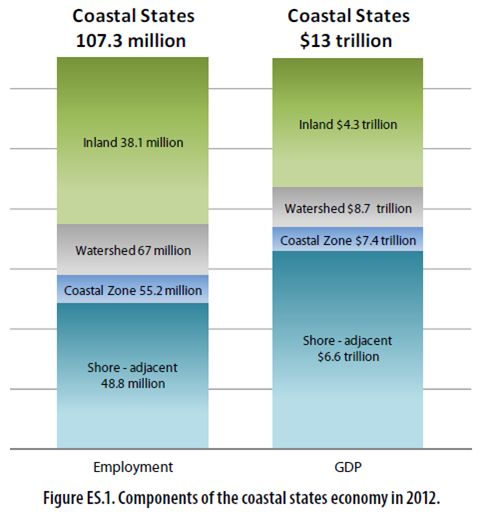73 Why it matters: Oceans and Shorelines
About 70% of Earth’s surface is covered by water, and the coast, which forms the interface between land and water, is the sight of a particular array of geomorphic processes and a range of landforms. For example, waves and tides involve movement and dissipation of large amounts of energy capable of causing rapid and spectacular changes in landforms along coasts. In many instances, not only natural forces, but also human actions contribute to the destruction of coastlines.
How famous surfers and wealthy owners are endangering Hawaii beaches, (from ProPublica, Dec 5, 2020):
 Left: The Punalu‘u shoreline in 2007 (City and County of Honolulu). Right: The shoreline in 2020, years after sandbags were installed. (Sophie Cocke/Honolulu Star-Advertiser)
Left: The Punalu‘u shoreline in 2007 (City and County of Honolulu). Right: The shoreline in 2020, years after sandbags were installed. (Sophie Cocke/Honolulu Star-Advertiser)
 Sandbags line the front of a home on Sunset Beach in the North Shore of Oahu. (Cindy Ellen Russell/Honolulu Star-Advertiser)
Sandbags line the front of a home on Sunset Beach in the North Shore of Oahu. (Cindy Ellen Russell/Honolulu Star-Advertiser)
Coastal erosion can be very fast, see images below. In this event on September 24, 2018 the landslip, up to 300m (1,000 feet) wide, took place at Inskip Point in Queensland on Sunday or Monday, state officials said. It is the third incident of its kind in the area in recent years. In 2015, one swallowed a caravan, tents and a car.
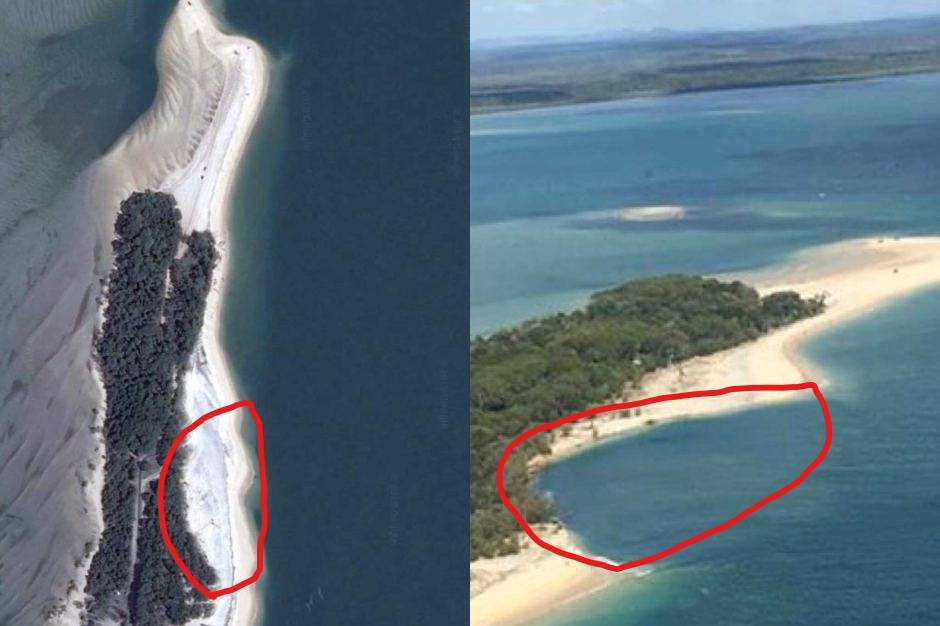
https://www.bbc.com/news/world-australia-45622385
Deadly cliffside collapse underscores California’s climate-fueled crisis
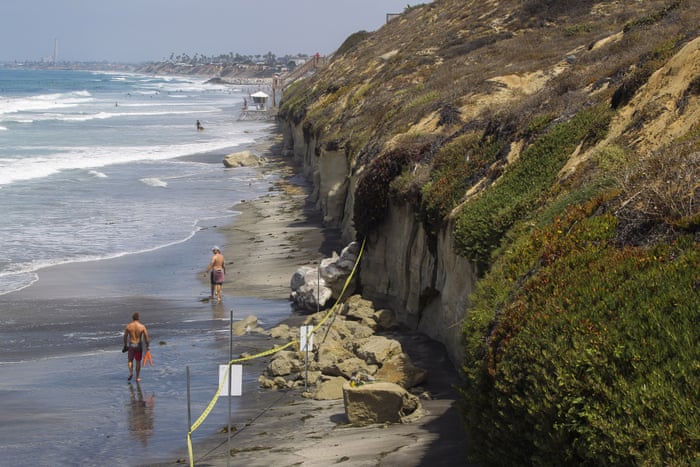
Coastal hazards Can Be related to climate change.
Kivalina, a village in Northwest Arctic Borough, Alaska, United States. The population was 377 at the 2000 census and 374 as of the 2010 census. The island on which the village lies is threatened by rising sea levels and coastal erosion. As of 2013, it is predicted that the island will be inundated by 2025.
https://www.theatlantic.com/photo/2019/09/photos-impacts-climate-change-kivalina-alaska/598282/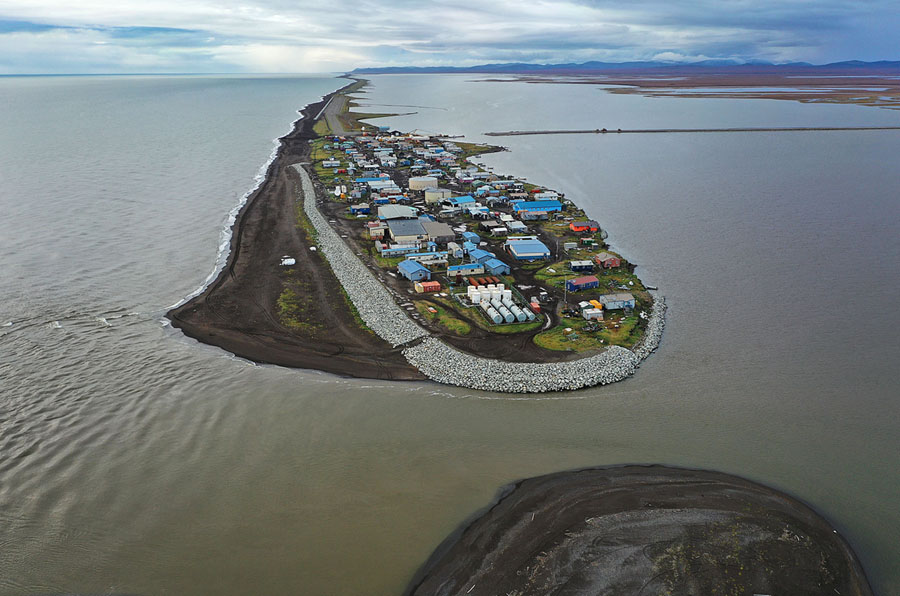
Approximately 80% of population on Earth lives on the coast. It is easy to see this using satellite data on night-time lights.
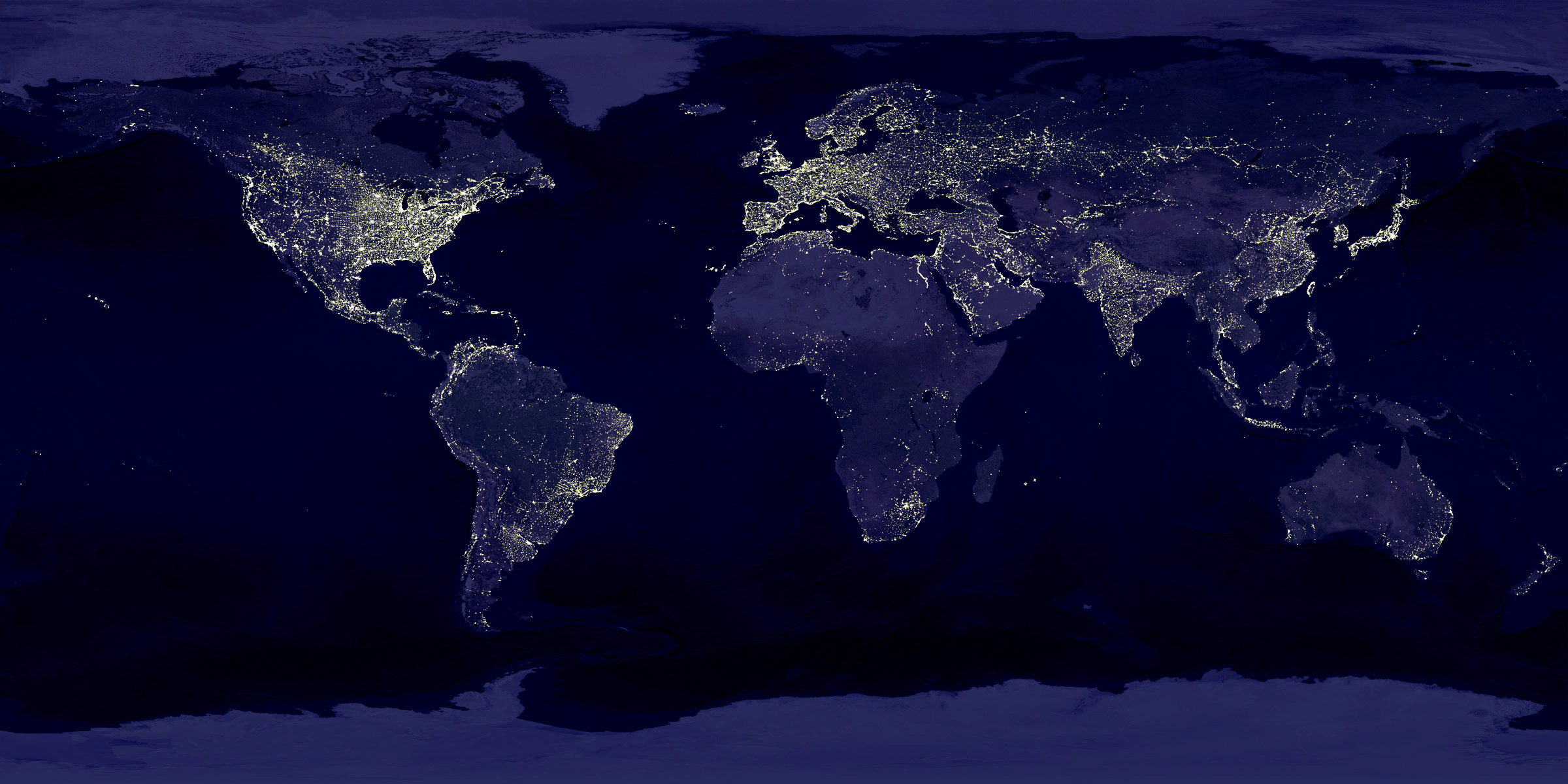 Credit: Data courtesy Marc Imhoff of NASA GSFC and Christopher Elvidge of NOAA NGDC. Image by Craig Mayhew and Robert Simmon, NASA GSFC
Credit: Data courtesy Marc Imhoff of NASA GSFC and Christopher Elvidge of NOAA NGDC. Image by Craig Mayhew and Robert Simmon, NASA GSFC
Coastal economies are very strong and produce large contribution to total economic growth. Below is a graph demonstrating the state of the U.S. Ocean and Coastal Economies.
Indian Ocean Tsunami 2004
It was one of the most devastating tsunami events for the past 20 years. Figure below shows a village near the coast of Sumatra after the tsunami.

Source: U.S. Navy photo by Photographer’s Mate 2nd Class Philip A. McDaniel.
See below Yuri’s video clip made five months after tsunami:
